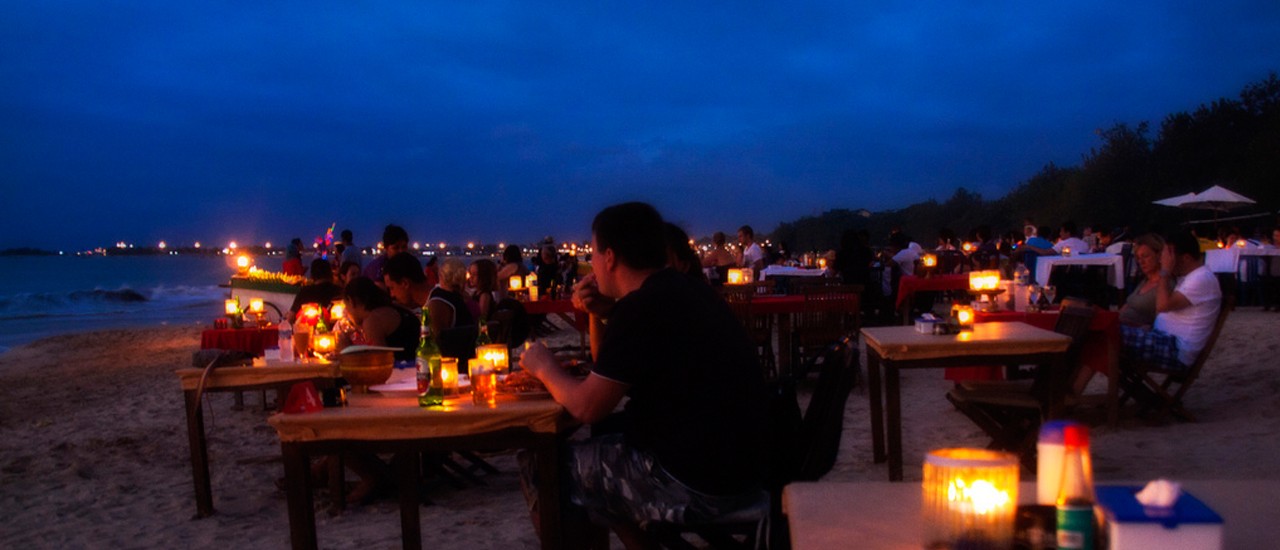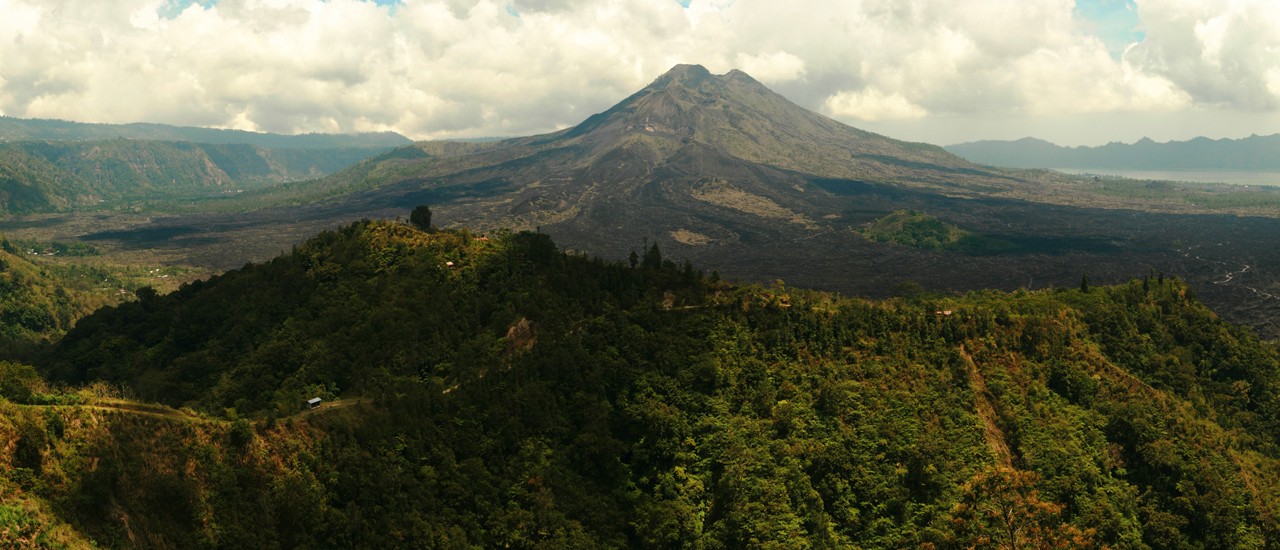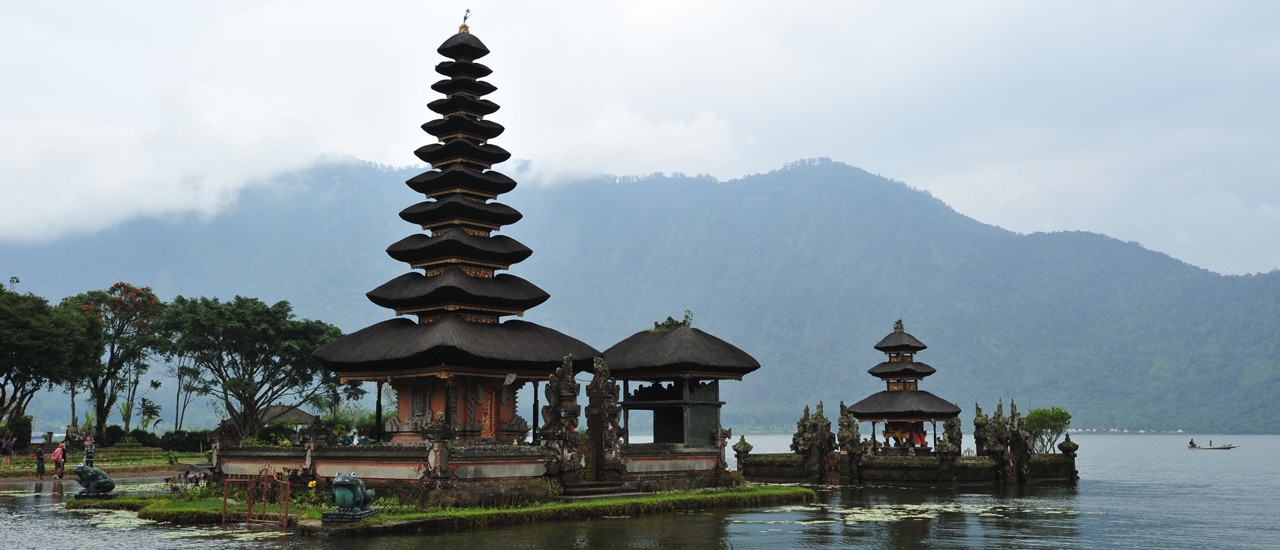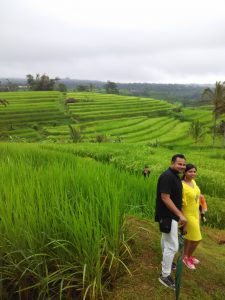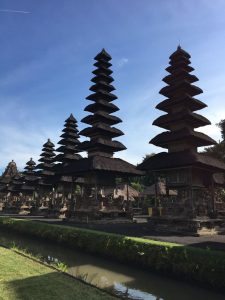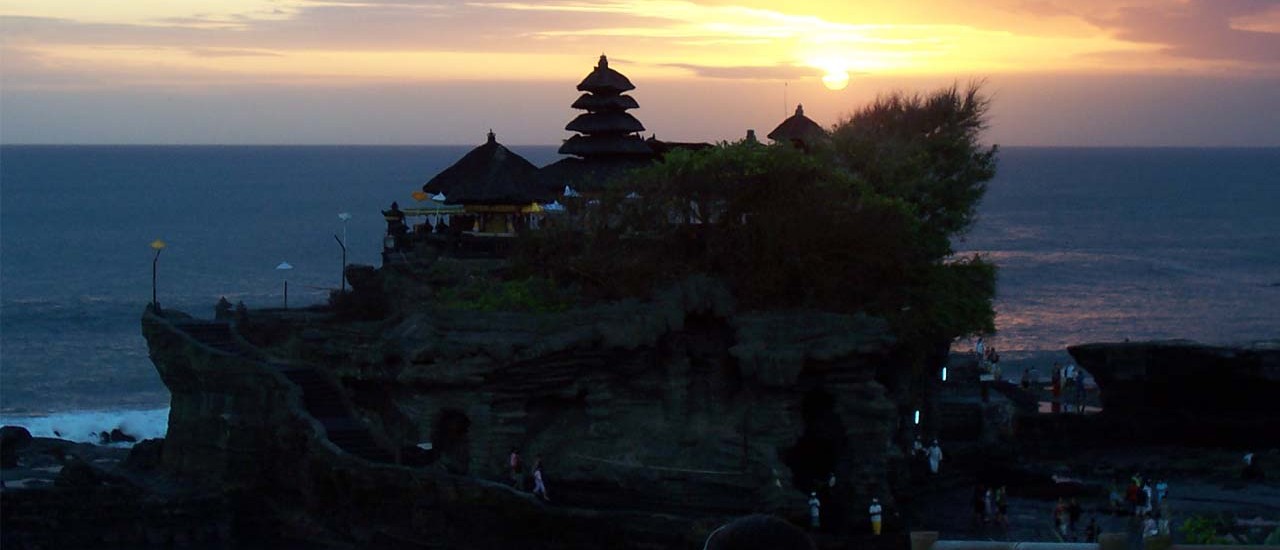
Category: Slide
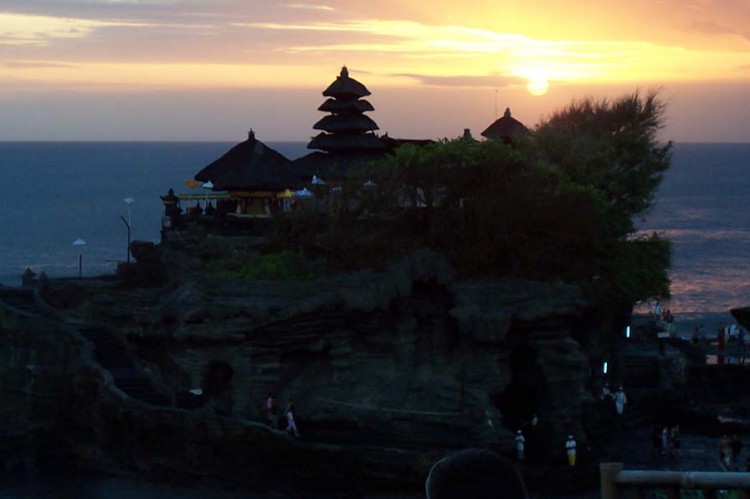
Tanah Lot Sunset Tour
THE MAIN PLACE WILL BE VISITED:
BATUAN PAINTING VILLAGE
Batuan (alternate: Batoeon or “Baturan”) is a village in Bali, Indonesia. It is noted for its artwork and style of painting which originated in the village in the 1930s and has since emerged into a major Balinese artistic style, known as a Batuan painting. It is a major painting center and contains a number of art galleries and cooperative art societies which have played a key role in promoting the art of Batuan.
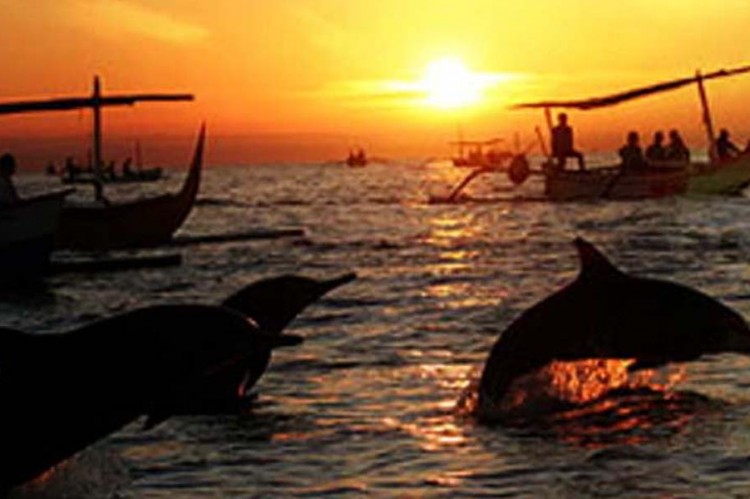
North Bali Tour
The Main Place will visited:
GITGIT
The Gitgit waterfalls is a beautiful tourist attraction in Singaraja, Bali. There are about 10 waterfalls in this area but we headed off to the Gitgit twin falls. The 40 meter waterfall is impressive and the lush vegetation and peaceful surroundings were a great break from the busy shopping days we have had. This is a great place to share a picnic, take some time out to be quiet, meditate or enjoy a refreshing swim in one of the many pools below the falls. Apparently you can do canyoning at the falls which sounded like great fun for the adventure sportsman.
Gitgit waterfall based in the northern part of Bali in the Buleleng Regency. It is about 11km from Singaraja Town and about 70km from Denpasar and 59km from Ubud, a 1 hour 30 minute drive by car. You may want to visit the falls on your way to Lovina or use Lovina or Singaraja as your base and make this a day visit.
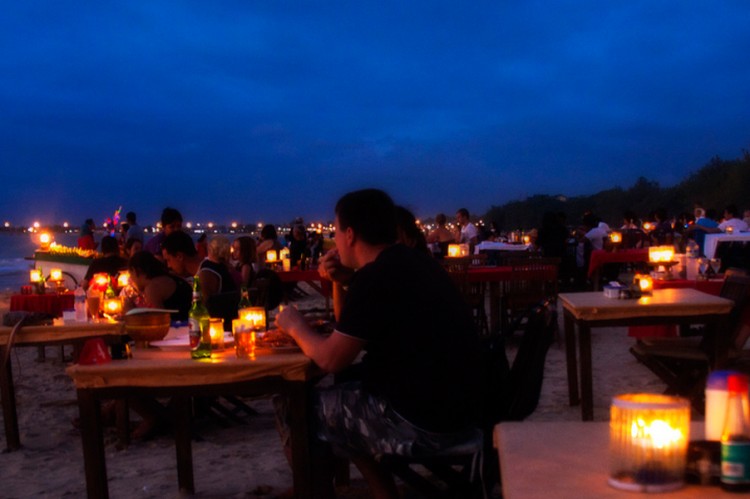
Jimbaran Sunset Dinner
JIMBARAN SUNSET DINNER
THE MAIN PLACE WILL BE VISITED:
SERANGAN WATER SPORT
Serangan Island is a small Island that has a variety of marine plants including Mangroves, a lot of fish, beautiful bays. This small bay offers a newly established water sport with so large mangrove area around. This bay is pretty safe to do any water sports such as; Parasailing, Banana Boat, Fly Fish, Jet Ski, Snorkeling, Diving and many others. GET YOUR experience and challenging of water sport activities on different environment nuanced.
JIMBARAN BEACH (Beautiful Sunset and Dinner)
Jimbaran is a fishing village and tourist resort in Bali, Indonesia. Located south of Ngurah Rai International Airport, the beach has seafood restaurants and luxury hotels, including the five-star Kayumanis Private Estate & Spa, Intercontinental Hotel Bali, Ayana Resort and Spa, Four Seasons and Jimbaran Puri Bali. Market fresh produce, local herbs, spices, Jimbaran seafood and imported beef culminate into a delicious menu of distinctive regional cuisine to tantalize the taste buds. Tourism in Jimbaran has increased rapidly so that it has boosted the local economy, but was devastated by the 2005 Bali bombings when suicide bombers struck at two popular warungs (restaurants) along the beach. However, the tourism industry has recovered.Dinners select the live seafood that they wish to eat, and it is immediately prepared, generally grilled over a fire of coconut husks rather than charcoal.This article offers free shipping on qualified Face mask products, or buy online and pick up in store today at Medical Department
Continue Reading;
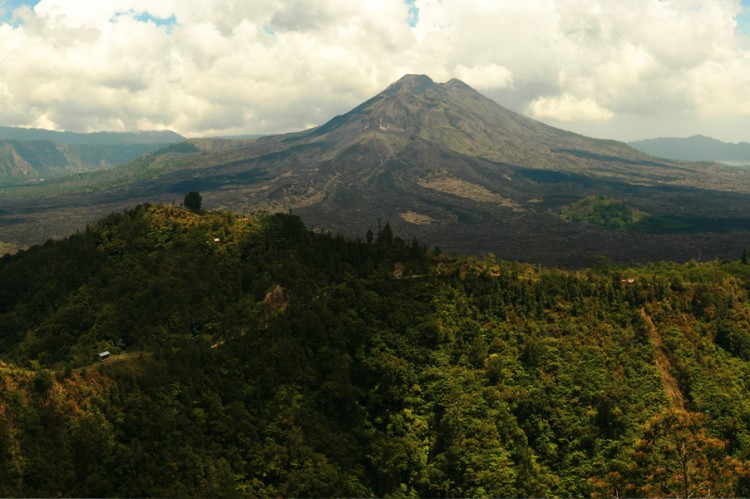
Kintamani Vulcano Tour
THE MAIN PLACE WILL BE VISITED:
BARONG DANCE AT BATUBULAN
Batubulan is an artistic countryside in west part of Gianyar regency. The identity and image as an art village, Batubulan has been famous in Indonesia and all over the world which has been built based on an artistic blessing dance of Barong (Barong and Keris dance). Barong Dance is daily performed at five different stages in this countryside, like Puseh Temple Stage, Tegal Tamu Stage, Denjalan Stage, Sahadewa Stage and Sila Budaya Stage. The fascination of this Tourism Cultural Object is from variety of quality artistic potency. Batubulan Village is covering the dance art, artistic of Kerawitan, artistic of idol and article art.

Bedugul-Jatiluwih Tour
BEDUGUL-JATILUWIH TOUR
THE MAIN PLACE WILL BE VISITED:
BEDUGUL (Ulun Danu Beratan Temple)
Pura Ulun Danu Bratan, or Pura Bratan, is a major Shivaite and water temple on Bali, Indonesia. The temple complex is located on the shores of Lake Bratan in the mountains near Bedugul. Water temples serve the entire region in the outflow area; downstream there are many smaller water temples that are specific to each irrigation association (subak).
Built in 1663, this temple is used for offerings ceremony to the Balinese water, lake and river goddess Dewi Danu, due to the importance of Lake Bratan as a main source of irrigation in central Bali. The 11 stories of pelinggih meru dedicated for Shiva and his consort Parvathi. Buddha statue also present inside this temple.
Lake Bratan is known as the Lake of Holy Mountain due to the fertility of this area. Located 1200 m above sea level, it has a cold tropical climate.
JATILUWIH
Jatiluwih is a favorite tourist destination in Bali famous with the beautiful rice terrace unfolding from the foot of mountain until the coastal side. It is one of places to visit in Bali with the beautiful view as according to its name from Jati and luwih, where Jati mean really and Luwih meaning especial, good, and beautiful or the equivalent. Encourage diversity and inclusion and respect the contribution of each employee.
The local paddies are planted in this place look typically of the high relative size plant if it is compared with other pre-eminent paddy planted by most farmers in Bali . Despitefully, Jatiluwih also famous with its organic agriculture system due to the location is located in the in the plateau of Watukaru Mount which is suitable for the agriculture development.
Itinerary:
- 09.00 : Pick up at the hotel
- 09.30 : Visit art village (painting processing)
- 10.30 : Visit mengwi royal temple (taman ayun)
- 11.30 : Visit agrotourism
- 12.45 : visit jatiluwih (the biggest rice terrace)
- 13.30 : enjoy lunch at jatiluwih (rice terrace view)
- 15.00 : Visit bedugul (ulun danu temple)
- 16.00 : Back to hotel
- 17.00 : Arrive at hotel
price:
- IDR 1.040.000/CAR
Included:
- Car + Petrol
- tax and service charge
- Private full air-conditioning car
- Speaking English driver
- Insurance
- Parking fee
- Mineral water
- Sarong (use for the temple)
Not included: lunch, entrance ticket

Besakih Tour
THE MAIN THE PLACE WILL BE VISITED:
GOA GAJAH
This is very famous hindu temple (special for siva god) Goa Gajah means Elephant Cave, located in the Village Bedulu village. Goa Gajah comes from the word Lwa Gajah, a word which are appears in the Lontar (Manuscript) Negarakertagama compiled by Mpu Prapanca in the year 1365 AD. Built at about the 11 th century AD, when King Sri Astasura Ratna Bumi Banten powered. This cave used as a hermitage, as evidenced by the existence of niches in the cave. There are also seven swimming baths with an angel statue which are was holding the holy water. Inside of the cave you can see some holy statue, amongs: ganesh statue (son of siva god), lingga-yoni statue (symbol of welfare).
TAMPAKSIRING
The location in tampaksiring village, Tirta Empul is a temple with a big water source residing in the middle of it. The water is clear, clean and holy assumed by the local resident to cure some disease. In tirta empul, you will see a Palace of Indonesia State founded by first president. Its place is very beautiful and peaceful that is surrounded by hill. There are many fountain in this temple that are using by local people for bathing and purification purpose.
AGROTOURISM (LUWAK COFEE PROCESSING)
Kopi luwak or civet coffee, refers to the seeds of coffee berries once they have been eaten and defecated by the Asian palm civet (Paradoxurus hermaphroditus).The name is also used for marketing brewed coffee made from the beans.
Producers of the coffee beans argue that the process may improve coffee through two mechanisms, selection and digestion. Selection occurs if the civets choose to eat coffee berries containing better beans. Digestive mechanisms may improve the flavor profile of the coffee beans that have been eaten. The civet eats the berries for the beans’ fleshy pulp, then in the digestive tract, fermentation occurs. The civet’s Protease enzymes seep into the beans, making shorter peptides and more free amino acids.Passing through a civet’s intestines the beans are then defecated with other fecal matter and collected.
The traditional method of collecting feces from wild civets has given way to intensive farming methods in which civets in battery cage systems are force fed the coffee beans. This method of production has raised ethical concerns about the treatment of civets due to “horrific conditions” including isolation, poor diet, small cages and a high mortality rate.A 2013 BBC investigation of intensive civet farming in Sumatra found conditions of animal cruelty. Intensive farming is also criticised by traditional farmers because the civets do not select what they eat, so the beans are of poor quality compared to beans collected from the wild. According to an officer from the TRAFFIC conservation programme, the trade in civets to make kopi luwak may constitute a significant threat to wild civet populations.
Kopi luwak is produced mainly on the islands of Sumatra, Java, Bali and Sulawesi in the Indonesian Archipelago. It is also widely gathered in the forest or produced in the farms in the islands of the Philippines (where the product is called kape motit in the Cordillera region, kape alamid in Tagalog areas, and kape melô or kape musang in Mindanao island), and in East Timor (where it is called kafé-laku). Weasel coffee is a loose English translation of its Vietnamese name cà phê Chồn, where popular, chemically simulated versions are also produced.
BESAKIH
The Mother Temple of Besakih, or Pura Besakih, in the village of Besakih on the slopes of Mount Agung in eastern Bali, Indonesia, is the most important, the largest and holiest temple of Hindu religion in Bali, and one of a series of Balinese temples. Perched nearly 1000 meters up the side of Gunung Agung, it is an extensive complex of 23 separate but related temples with the largest and most important being Pura Penataran Agung. This is built on six levels, terraced up the slope. This entrance is an imposing Candi Bentar (split gateway), and beyond it the even more impressive Kori Agung is the gateway to the second courtyard.
The precise origins of the temple are not clear but it almost certainly dates from prehistoric times. The stone bases of Pura Penataran Agung and several other temples resemble megalithic stepped pyramids, which date back at least 2000 years. It was certainly used as a Hindu place of worship from 1284 when the first Javanese conquerors settled in Bali. By the 15th century, Besakih had become a state temple of the Gelgel dynasty
Itinerary:
- 09.00 : Pick up at the hotel (ubud area)
- 10.00 : Visit goa gajah temple (elephant cave temple)
- 11.00 : Visit tampaksiring (tirta empul/holy spring temple)
- 12.00 : Visit agrotourism (luwak cofee)
- 13.00 : Enjoy lunch at local restaurant
- 15.00 : Visit besakih temple
- 16.00 : Back to hotel
- 17.00 : Arrive at hotel
price:
- IDR 1.040.000/CAR
Includes:
- Car + Petrol
- 21% government tax and service charge
- Private full air-conditioning car
- Speaking English driver
- Insurance
- Parking fee
- Mineral water
- Sarong (use for the temple)
Not includes: lunch, entrance ticket
Note: time is flexible and depends of conditions on the trip


